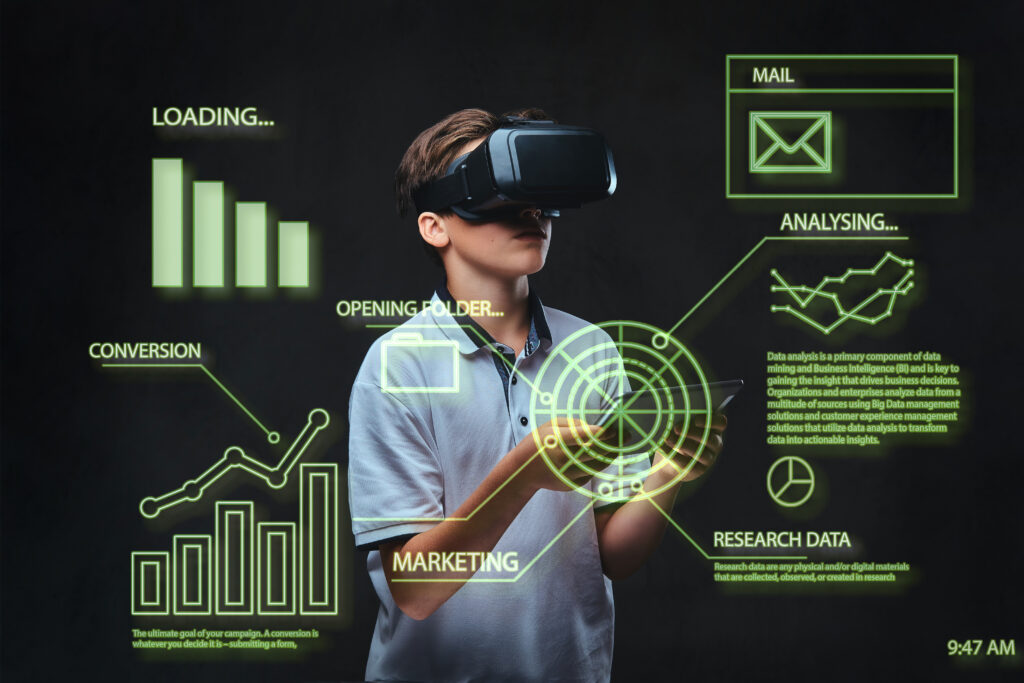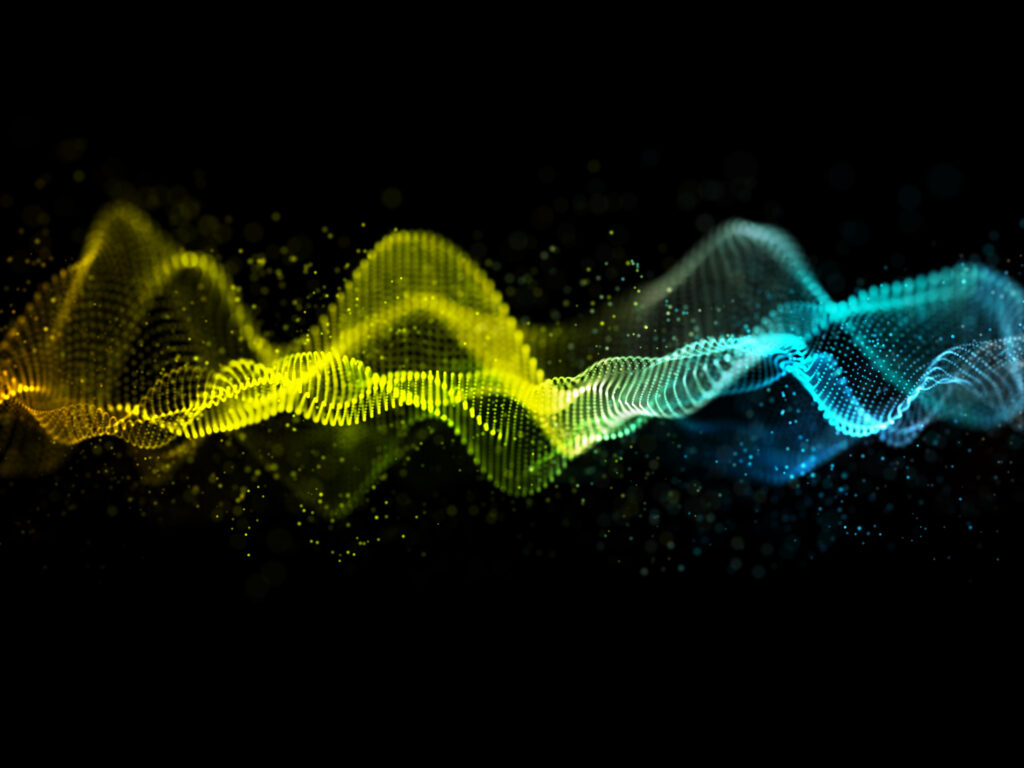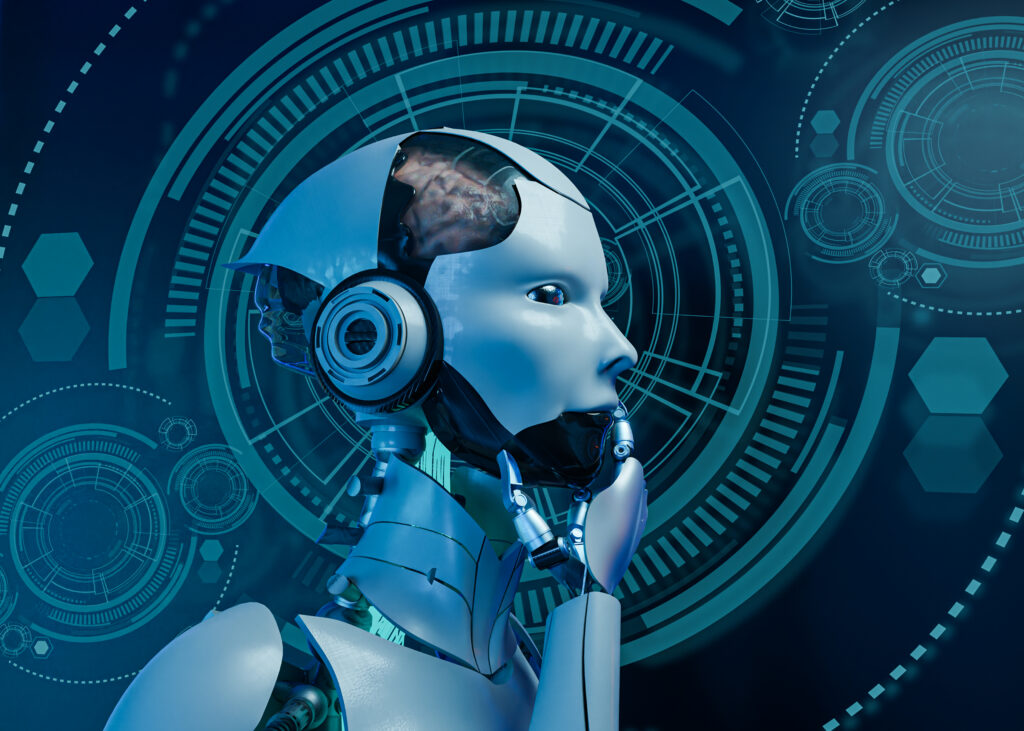Generative AI in the art and creative space refers to the use of artificial intelligence algorithms to generate new and unique artistic outputs, such as music, visual arts, and even poetry. The technology behind generative AI allows it to learn from vast amounts of data and create new outputs based on that knowledge, making it an innovative tool for artists and creatives.

Generative Artificial Intelligence (AI) is a rapidly advancing field of technology that has been gaining traction in recent years. Its capacity to generate art, design, music and writings has been growing, and it is now being embraced by the creative industry. As such, generative AI has had a major impact on the art and creative space.
Generative AI for Music:

Music: AI algorithms can analyze existing music and generate new compositions that are similar in style, rhythm, and melody. The technology can also be used to create completely new and unique compositions, making it an exciting tool for musicians and composers.
Artificial Intelligence (AI) has made significant advancements in the field of music, from music production and composition to performance and analysis. Here are some examples of how AI is being used in the music industry:
1. Music Production: AI algorithms can assist musicians and producers with tasks such as mixing and mastering audio, generating new and original musical ideas, and composing new pieces of music.
2. Music Composition: AI algorithms can generate new and original pieces of music by analyzing existing compositions and learning from them. This technology can be used to create music in a variety of genres and styles, making it an exciting tool for musicians and composers.
3. Music Performance: AI algorithms can control and manipulate sound and music in real-time, making it possible to create interactive and immersive musical experiences. The technology is also being used to create virtual music performances, such as virtual concerts and DJ sets.
4. Music Analysis: AI algorithms can analyze music in a variety of ways, from identifying musical structures and patterns to recognizing and categorizing musical genres. This technology can be used for a range of applications, from music education and research to music recommendation systems.
In conclusion, AI is having a profound impact on the music industry, providing musicians, producers, and music fans with new and innovative ways to experience, create, and analyze music. However, it is important to note that the use of AI in the music industry should be seen as a tool to augment and enhance human creativity, rather than replace it. Bottom of Form
Generative AI for Visual Arts

Visual Arts: AI algorithms can generate images, videos, and animations, as well as manipulate and transform existing images. The technology can be used to create new and original visual art, as well as enhance and transform existing works.
Artificial Intelligence (AI) has been making inroads into the field of visual arts, offering new tools and techniques for artists and designers to create, manipulate, and analyze images. Some of the ways AI is being used in visual arts include:
Generative Art: AI algorithms can be used to generate new and unique pieces of art, often by creating randomized patterns or shapes based on certain parameters set by the artist.
- Image Manipulation: AI can be used to edit or manipulate images in various ways, such as removing objects or changing the colors.
2. Image Recognition: AI algorithms can be used to analyze images and recognize certain features or objects within them.
3. 3D Modelling: AI can be used to generate 3D models or animations based on 2D images, or to create 3D models based on real-world scenes captured by cameras.
4. Virtual Reality and Augmented Reality: AI can be used to create immersive virtual and augmented reality experiences, allowing users to interact with digital art in new and exciting ways.
While AI has the potential to greatly enhance the field of visual arts, it is important for artists and designers to consider the ethical implications of using AI-generated art, as well as the potential for AI to replace traditional art-making processes.
Generative AI for Poetry and Literature:

Poetry and Literature: AI algorithms can analyze existing writing and generate new and original poetry, prose, and other forms of written works. The technology can also be used to generate new stories, characters, and plots, making it a valuable tool for writers and authors.
Artificial Intelligence (AI) is also making an impact in the field of poetry and literature. Some of the ways AI is being used in this domain include:
- Poetry Generation: AI algorithms can be trained on existing poems and text to generate new poems and prose, often with surprising results.
- Text Summarization: AI can be used to condense long pieces of text into shorter summaries, making it easier for people to quickly understand the content of a text.
- Language Translation: AI can be used to translate text from one language to another, making it possible for readers to access literature from other countries and cultures.
- Text Classification: AI can be used to classify texts into various categories, such as fiction, non-fiction, or poetry, which can be useful for organizing large libraries of text.
- Text-to-Speech: AI can be used to generate spoken versions of written text, making it possible for people to listen to books and other written materials on the go.
However, it is important to note that while AI can be a useful tool in the field of poetry and literature, it is not a replacement for human creativity and imagination. AI-generated text may lack the nuance, emotion, and unique voice that can only come from a human writer.
In conclusion, generative AI in the art and creative space has the potential to be a game-changer, providing artists and creatives with new and innovative ways to generate unique and original outputs. However, it is important to note that the use of AI in the creative arts should not be seen as a replacement for human creativity, but rather as a tool to enhance and augment it.
Generative AI is transforming the way we create in the art and creative space. With its ability to generate new, unique and creative works, generative AI is quickly becoming an invaluable tool for artists and creatives. As AI evolves and develops, it will open up new possibilities for artists and creatives, and we can expect to see generative AI being used more and more in the years to come.
